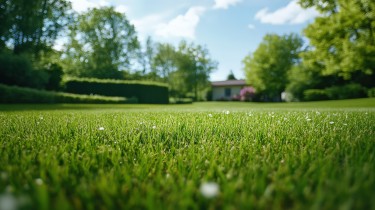

Discover the Secret to a Lush and Healthy Lawn
Read More ›
Blog
Will El Niño Affect Your Landscape?
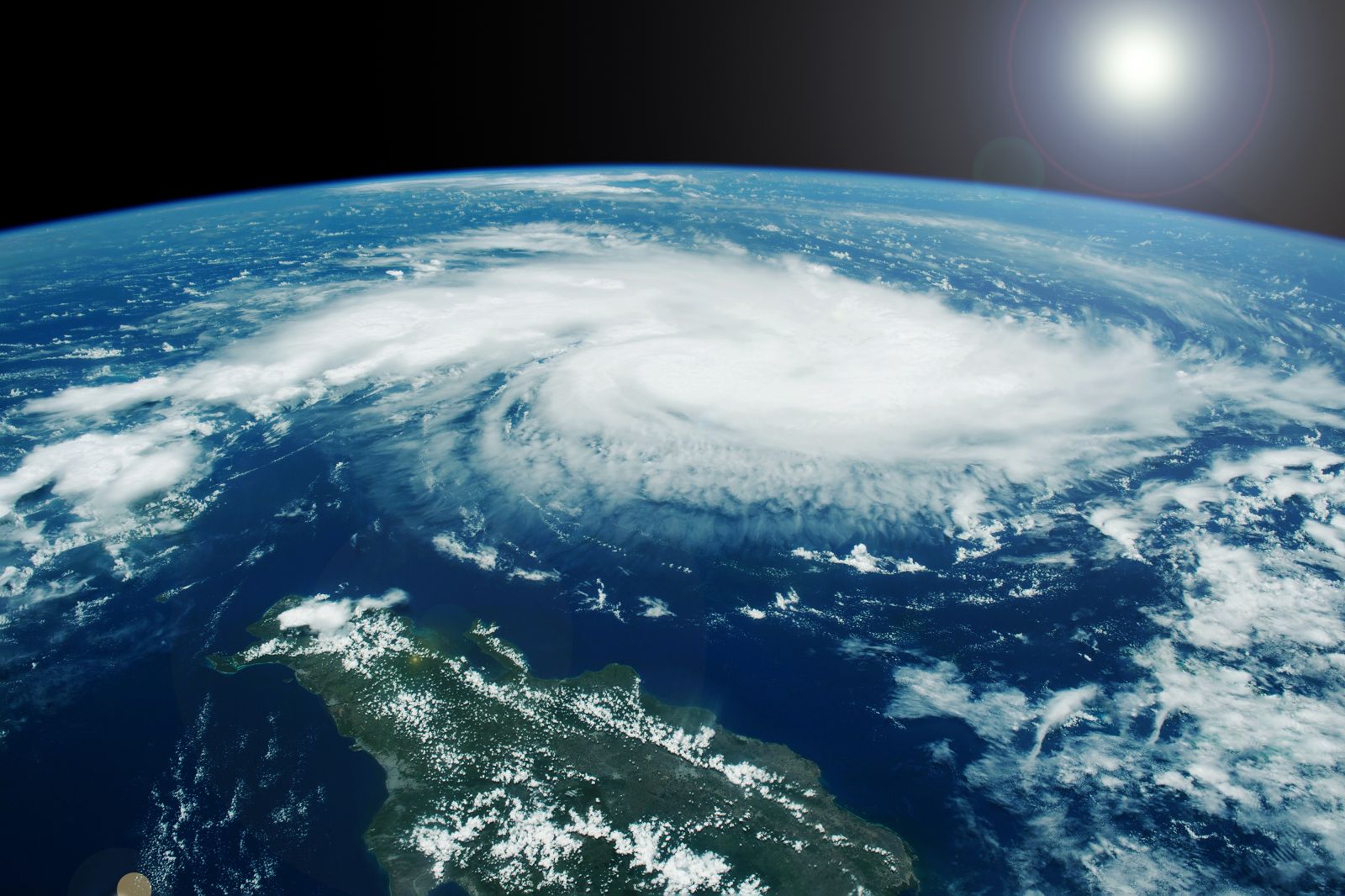
The best way to protect your home and landscape from extreme weather is to be prepared.
El Niño is a natural climate pattern that occurs when the surface waters of the central and eastern tropical Pacific Ocean become warmer than average. This warming impacts weather patterns around the world.
In the United States, El Niño can lead to warmer and drier conditions in the northern states and wetter conditions in the southern states, including California, the Southwest, and the Gulf Coast. Some areas will experience an increased risk of drought, wildfires and heatwaves, while others could see an increased risk of flooding and heavy rainfall.
El Niño events occur irregularly at two-to-seven-year intervals. Even though it is unpredictable, there are things you can do to help protect your property from extreme weather events.
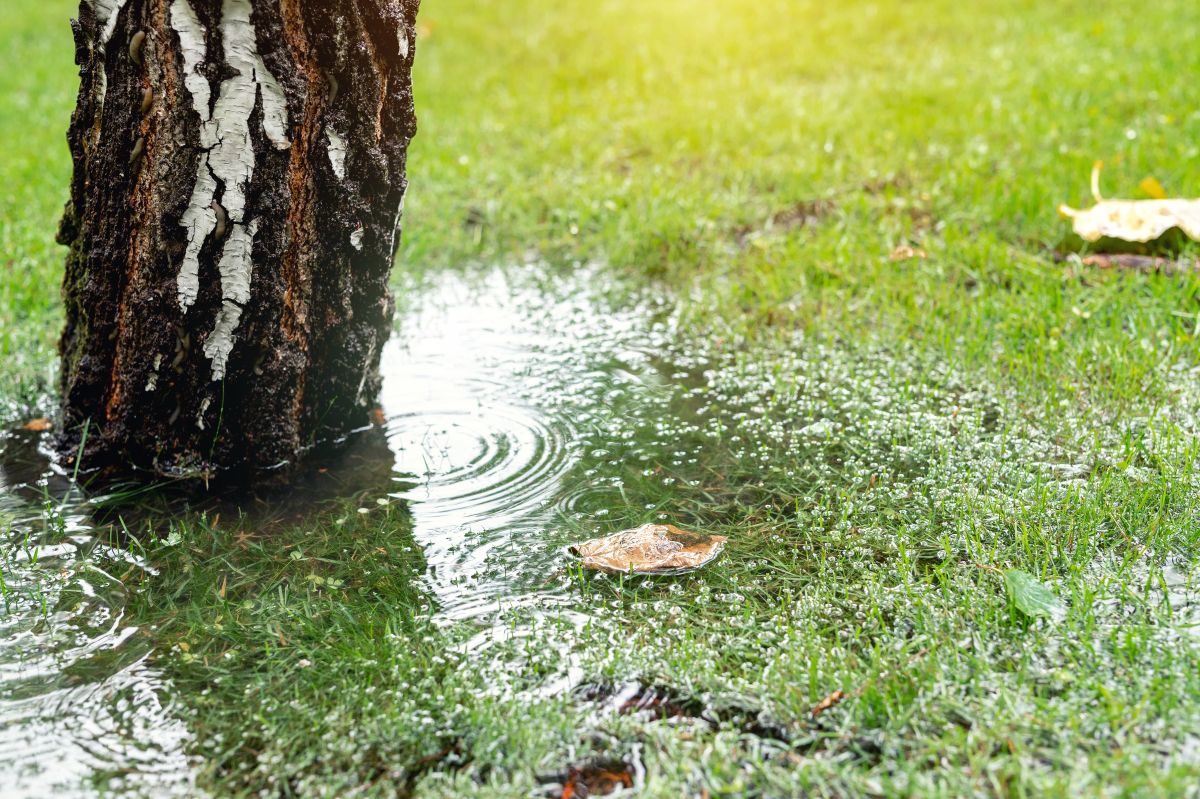
Taking measures to manage the water on your property properly is one of the best ways to protect it from extreme weather events:
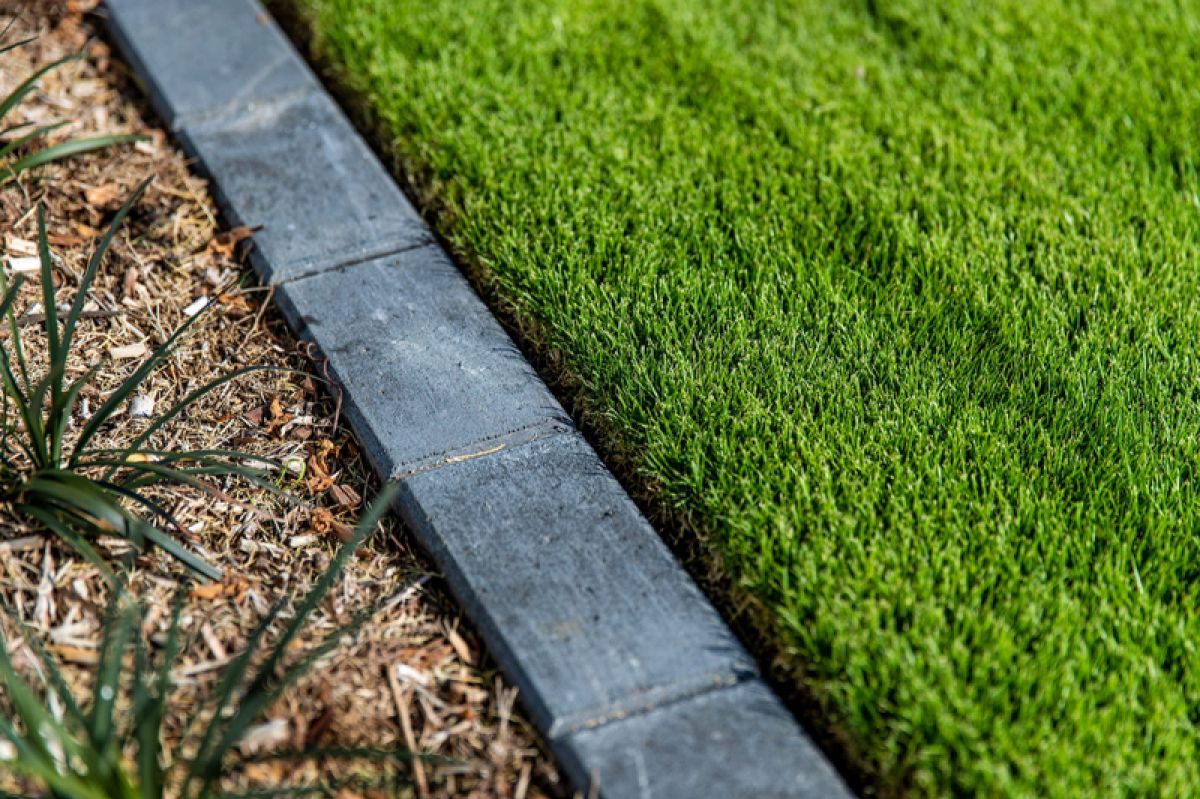
All of these issues can be corrected by an experienced landscaper. Drainage is the most common issue we help our clients correct, and our team can recommend many options that look as good as they work, including rain gardens, dry creek beds, French drains and more.

Trees, gardens and lawns help protect your property from extreme weather events, so keeping them healthy and strong is in your best interest. All plants, including turfgrass, help stabilize the soil and prevent erosion during heavy rain or floods.
The right plants can also provide a natural barrier against strong winds and heavy rain. Some examples include Easter red cedar, American holly, black chokeberry and switchgrass.
If caring for your lawns and gardens is something you struggle with, we can certainly help!
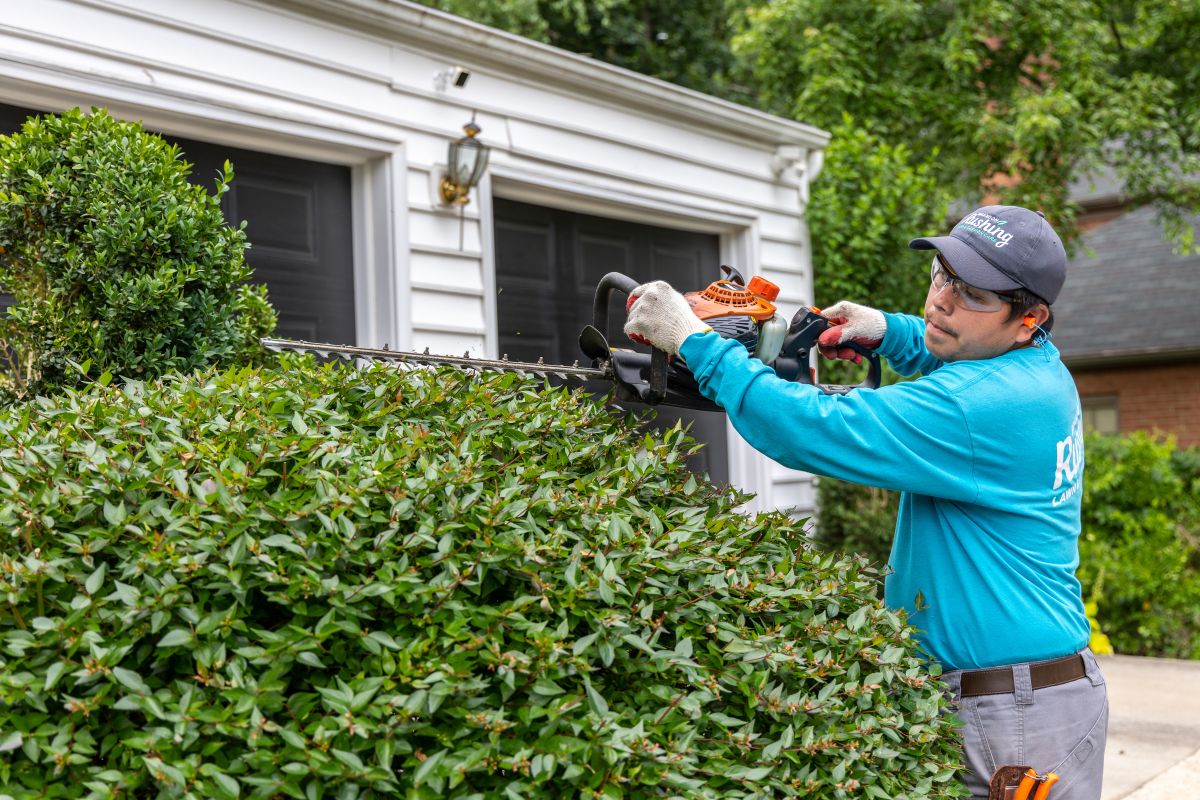
El Niño is responsible for some of the snowiest winters we’ve had here in Northern Virginia, so it’s fair to say this winter could have its share of snow events. Here’s a few tips to help prepare your lawn and gardens for winter.
If you want to safely navigate your drive and walkway when the snow hits this winter, it makes sense to consider signing up for snow and ice management too… Just in case.
We’re used to unpredictable weather, and it seems it will be more unpredictable than ever this year. Even El Niño isn’t like El Niños of the past… it’s a few months earlier and stronger than “normal”. And BOTH the Pacific and Atlantic oceans are warmer than usual.
So the best thing to do is prepare your property the best you can. If you need help with this, we can help. Our basic lawn care packages can be upgraded to help you care for all your property needs, from finding — and correcting — drainage issues to snow & ice management and installing small landscape projects.
Book a consultation with us to discuss the specific concerns you have for your yard.
Written by Brandon Rushing, Founder & President
Posted on: August 13th, 2023